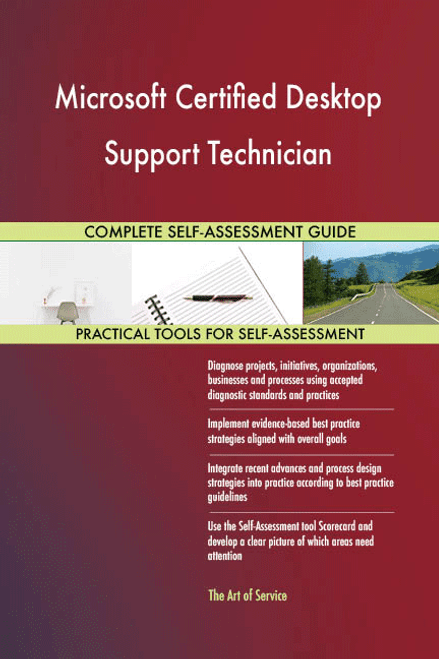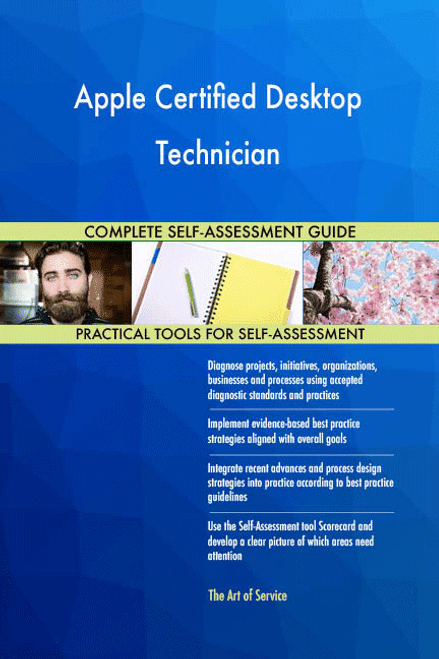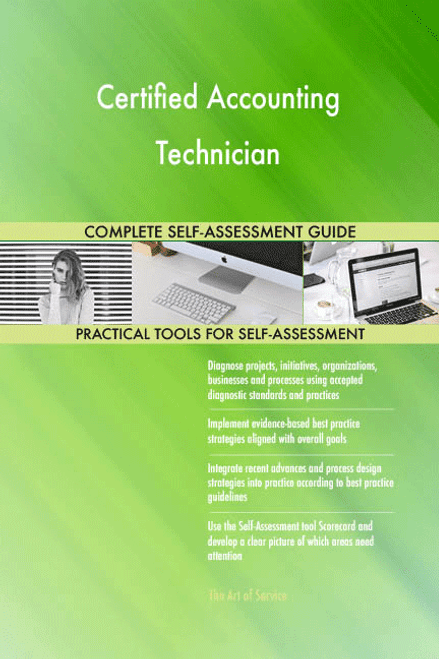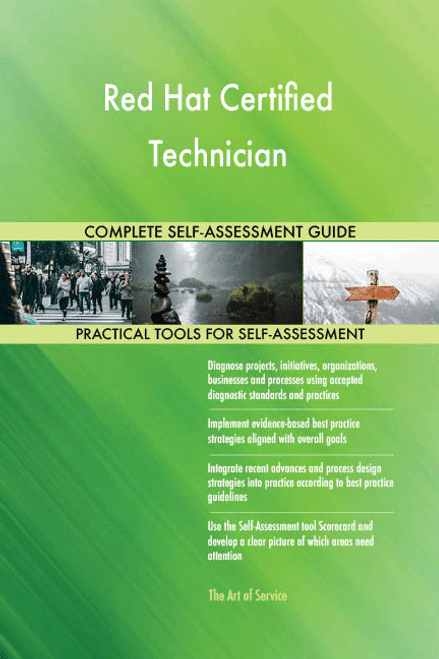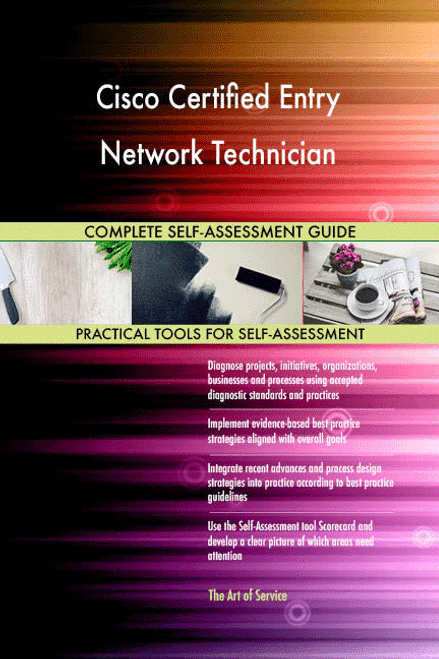- Be accountable for identifying security flaws in compiled and human readable source code.
- Develop a security plan for best standards and practices for your organization.
- Be able to translate technical Compliance and Risk management terminology to non technical staff.
- Perform periodic testing for compliance with documented Security Policies, procedures, and standards.
- Reverse Engineering and perform analysis of Complex Software and systems to determine functionality, intent, and vulnerabilities of software systems.
- Be accountable for recommending and incorporating Data At Rest and Data In Transit encryption practices.
- Develop and Document Security evaluation test plan and procedures.
- Initiate, facilitate, and promote activities to foster Information Security Awareness.
- Minimize and mitigate risks introduced by existing and new information technologies and services through diligent review and security practices.
- Create new signatures / rules to improve detection of malicious activity.
- Be accountable for recommending software modifications to systems to mitigate known vulnerabilities.
- Identify and report on Cybersecurity status, Cyber Defense posture, and compliance.
- Prepare and monitor reports on the security posture of your organization.
- Confirm your team leads research and resolution of production system problems and ensure team coverage and participation in an on call rotation.
- Capture and share Best Practice knowledge amongst the Public Cloud Solutions Architecture community.
- InstAll Software that is created to protect sensitive information, as Firewalls and Data Encryption programs.
- Warrant that your planning acts as liaison between Desktop Analysts, Engineers and Service Desk, providing point of escalation for assessing needs of customers and Developing Services and processes to support.
- Confirm your planning complies; monitors industry surveillance audit outcomes and takes necessary actions to align process to applicable new or revised Regulatory Requirements.
Save time, empower your teams and effectively upgrade your processes with access to this practical Microsoft Certified Desktop Support Technician Toolkit and guide. Address common challenges with best-practice templates, step-by-step Work Plans and maturity diagnostics for any Microsoft Certified Desktop Support Technician related project.
Download the Toolkit and in Three Steps you will be guided from idea to implementation results.
The Toolkit contains the following practical and powerful enablers with new and updated Microsoft Certified Desktop Support Technician specific requirements:
STEP 1: Get your bearings
Start with...
- The latest quick edition of the Microsoft Certified Desktop Support Technician Self Assessment book in PDF containing 49 requirements to perform a quickscan, get an overview and share with stakeholders.
Organized in a Data Driven improvement cycle RDMAICS (Recognize, Define, Measure, Analyze, Improve, Control and Sustain), check the…
- Example pre-filled Self-Assessment Excel Dashboard to get familiar with results generation
Then find your goals...
STEP 2: Set concrete goals, tasks, dates and numbers you can track
Featuring 999 new and updated case-based questions, organized into seven core areas of Process Design, this Self-Assessment will help you identify areas in which Microsoft Certified Desktop Support Technician improvements can be made.
Examples; 10 of the 999 standard requirements:
- How do you know if you are successful?
- What can you do to improve?
- When should you bother with diagrams?
- What is the best design framework for Microsoft Certified Desktop Support Technician organization now that, in a post industrial-age if the top-down, command and control model is no longer relevant?
- Should you invest in industry-recognized qualifications?
- What is a feasible sequencing of reform initiatives over time?
- Why is this needed?
- What is the source of the strategies for Microsoft Certified Desktop Support Technician strengthening and reform?
- What happens if you do not have enough funding?
- Who needs what information?
Complete the self assessment, on your own or with a team in a workshop setting. Use the workbook together with the self assessment requirements spreadsheet:
- The workbook is the latest in-depth complete edition of the Microsoft Certified Desktop Support Technician book in PDF containing 994 requirements, which criteria correspond to the criteria in...
Your Microsoft Certified Desktop Support Technician self-assessment dashboard which gives you your dynamically prioritized projects-ready tool and shows your organization exactly what to do next:
- The Self-Assessment Excel Dashboard; with the Microsoft Certified Desktop Support Technician Self-Assessment and Scorecard you will develop a clear picture of which Microsoft Certified Desktop Support Technician areas need attention, which requirements you should focus on and who will be responsible for them:
- Shows your organization instant insight in areas for improvement: Auto generates reports, radar chart for maturity assessment, insights per process and participant and bespoke, ready to use, RACI Matrix
- Gives you a professional Dashboard to guide and perform a thorough Microsoft Certified Desktop Support Technician Self-Assessment
- Is secure: Ensures offline Data Protection of your Self-Assessment results
- Dynamically prioritized projects-ready RACI Matrix shows your organization exactly what to do next:
STEP 3: Implement, Track, follow up and revise strategy
The outcomes of STEP 2, the self assessment, are the inputs for STEP 3; Start and manage Microsoft Certified Desktop Support Technician projects with the 62 implementation resources:
- 62 step-by-step Microsoft Certified Desktop Support Technician Project Management Form Templates covering over 1500 Microsoft Certified Desktop Support Technician project requirements and success criteria:
Examples; 10 of the check box criteria:
- Cost Management Plan: Eac -estimate at completion, what is the total job expected to cost?
- Activity Cost Estimates: In which phase of the Acquisition Process cycle does source qualifications reside?
- Project Scope Statement: Will all Microsoft Certified Desktop Support Technician project issues be unconditionally tracked through the Issue Resolution process?
- Closing Process Group: Did the Microsoft Certified Desktop Support Technician Project Team have enough people to execute the Microsoft Certified Desktop Support Technician Project Plan?
- Source Selection Criteria: What are the guidelines regarding award without considerations?
- Scope Management Plan: Are Corrective Actions taken when actual results are substantially different from detailed Microsoft Certified Desktop Support Technician Project Plan (variances)?
- Initiating Process Group: During which stage of Risk planning are risks prioritized based on probability and impact?
- Cost Management Plan: Is your organization certified as a supplier, wholesaler, regular dealer, or manufacturer of corresponding products/supplies?
- Procurement Audit: Was a formal review of tenders received undertaken?
- Activity Cost Estimates: What procedures are put in place regarding bidding and cost comparisons, if any?
Step-by-step and complete Microsoft Certified Desktop Support Technician Project Management Forms and Templates including check box criteria and templates.
1.0 Initiating Process Group:
- 1.1 Microsoft Certified Desktop Support Technician project Charter
- 1.2 Stakeholder Register
- 1.3 Stakeholder Analysis Matrix
2.0 Planning Process Group:
- 2.1 Microsoft Certified Desktop Support Technician Project Management Plan
- 2.2 Scope Management Plan
- 2.3 Requirements Management Plan
- 2.4 Requirements Documentation
- 2.5 Requirements Traceability Matrix
- 2.6 Microsoft Certified Desktop Support Technician project Scope Statement
- 2.7 Assumption and Constraint Log
- 2.8 Work Breakdown Structure
- 2.9 WBS Dictionary
- 2.10 Schedule Management Plan
- 2.11 Activity List
- 2.12 Activity Attributes
- 2.13 Milestone List
- 2.14 Network Diagram
- 2.15 Activity Resource Requirements
- 2.16 Resource Breakdown Structure
- 2.17 Activity Duration Estimates
- 2.18 Duration Estimating Worksheet
- 2.19 Microsoft Certified Desktop Support Technician project Schedule
- 2.20 Cost Management Plan
- 2.21 Activity Cost Estimates
- 2.22 Cost Estimating Worksheet
- 2.23 Cost Baseline
- 2.24 Quality Management Plan
- 2.25 Quality Metrics
- 2.26 Process Improvement Plan
- 2.27 Responsibility Assignment Matrix
- 2.28 Roles and Responsibilities
- 2.29 Human Resource Management Plan
- 2.30 Communications Management Plan
- 2.31 Risk Management Plan
- 2.32 Risk Register
- 2.33 Probability and Impact Assessment
- 2.34 Probability and Impact Matrix
- 2.35 Risk Data Sheet
- 2.36 Procurement Management Plan
- 2.37 Source Selection Criteria
- 2.38 Stakeholder Management Plan
- 2.39 Change Management Plan
3.0 Executing Process Group:
- 3.1 Team Member Status Report
- 3.2 Change Request
- 3.3 Change Log
- 3.4 Decision Log
- 3.5 Quality Audit
- 3.6 Team Directory
- 3.7 Team Operating Agreement
- 3.8 Team Performance Assessment
- 3.9 Team Member Performance Assessment
- 3.10 Issue Log
4.0 Monitoring and Controlling Process Group:
- 4.1 Microsoft Certified Desktop Support Technician project Performance Report
- 4.2 Variance Analysis
- 4.3 Earned Value Status
- 4.4 Risk Audit
- 4.5 Contractor Status Report
- 4.6 Formal Acceptance
5.0 Closing Process Group:
- 5.1 Procurement Audit
- 5.2 Contract Close-Out
- 5.3 Microsoft Certified Desktop Support Technician project or Phase Close-Out
- 5.4 Lessons Learned
Results
With this Three Step process you will have all the tools you need for any Microsoft Certified Desktop Support Technician project with this in-depth Microsoft Certified Desktop Support Technician Toolkit.
In using the Toolkit you will be better able to:
- Diagnose Microsoft Certified Desktop Support Technician projects, initiatives, organizations, businesses and processes using accepted diagnostic standards and practices
- Implement evidence-based Best Practice strategies aligned with overall goals
- Integrate recent advances in Microsoft Certified Desktop Support Technician and put Process Design strategies into practice according to Best Practice guidelines
Defining, designing, creating, and implementing a process to solve a business challenge or meet a business objective is the most valuable role; In EVERY company, organization and department.
Unless you are talking a one-time, single-use project within a business, there should be a process. Whether that process is managed and implemented by humans, AI, or a combination of the two, it needs to be designed by someone with a complex enough perspective to ask the right questions. Someone capable of asking the right questions and step back and say, 'What are we really trying to accomplish here? And is there a different way to look at it?'
This Toolkit empowers people to do just that - whether their title is entrepreneur, manager, consultant, (Vice-)President, CxO etc... - they are the people who rule the future. They are the person who asks the right questions to make Microsoft Certified Desktop Support Technician investments work better.
This Microsoft Certified Desktop Support Technician All-Inclusive Toolkit enables You to be that person.
Includes lifetime updates
Every self assessment comes with Lifetime Updates and Lifetime Free Updated Books. Lifetime Updates is an industry-first feature which allows you to receive verified self assessment updates, ensuring you always have the most accurate information at your fingertips.

